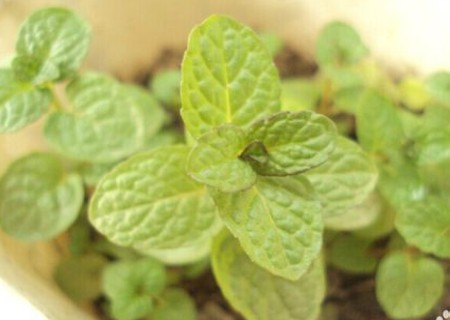Diagram of potting method of rose cuttings
Cutting is one of the most commonly used methods to propagate rose, and water cutting is the most popular way to propagate rose. However, experienced cuttings have found that water cutting roses are very easy to take root but very difficult to put on the pot. This difficulty baffles many novice friends, because it may be one of you who inadvertently led to the death of the seedlings. Through the analysis, it is found that the root system of rose seedlings obtained by water planting method is often very fragile, which leads to the damage of seedling roots in the process of changing from water culture to soil culture, which is the most direct cause of young plant death.

So, is it possible that the rose seedlings obtained by water insertion will not survive? In fact, it is not, as long as our methods are proper, we are still expected to succeed. Next, the editor will introduce the potting method of water to insert the rose, please take a closer look!
I. Materials and tools
Clean plain soil, vermiculite, perlite, sand, etc., knives, disposable cups.
II. Preparatory work
Use a knife to poke a hole in the side of the disposable cup and extend it to the bottom of the cup to ensure that there is no water in the cup so that the hole can drain water. Then put another cup on the outside of the open cup, which can be used for temporary water storage.
Third, deal with branches
The main results are as follows: 1. When the roots of young plants grow longer, they can be transplanted into pots. When the length of the root system usually reaches 4-5 cm, the upper pot plant root is easy to survive.
2. As we all know, in "the method of hydroponic cutting of rose flowers", the editor mentioned that rose branches should retain as many leaves as possible when they were planted in water, but the excess leaves should be cut off when potting, so that the evaporation of water can be reduced.
IV. The process of potting.
1. Spread a layer of cinder at the bottom of the cup, which helps to drain the water. If vermiculite or perlite is used, you can put in half a cup of matrix and then inject clear water. Since the two cups are tied together, it doesn't matter if the inner cup has an opening.
2. Put the rose branches treated in the above steps into the water and straighten them so that they remain upright, then hold the branches with one hand and add culture soil to the cup with the other. Water at this time the use of soil is to rely on its own resistance to let the added soil slowly sink in the bottom of the cup, which can effectively prevent the soil from causing damage to the young roots of rose. This is the advantage of transplanting in water.
3. After putting dirt in the cup, remove the outer cup, and then the water in the inner cup will flow out with the opening on the side, so as to avoid stagnant water in the cup.
4. after the pot is finished, put the cup together with the plant and soil in a cool and ventilated place so that it can receive some light after about 1-2 days.
Transplanting cuttings into pots with this method is not only suitable for many kinds of plant cuttings (such as geranium cuttings), but also the survival rate of young plants is also very high. If it is a family potted plant on a small scale, this method can be adopted.
Time: 2019-05-24 Click:
- Prev

Peppermint seed planting method
How to sow peppermint seeds? Experienced potters may find that the process of sowing peppermint seeds takes a little longer than other plant seeds, so it requires those who like to grow mint to be patient. In addition, mint seeds are not easy to sprout.
- Next

Planting technique of Photinia rugosa
Photinia chinensis, as a high quality tree species, has been widely used in family potted plants or plantations in recent years, and is being recognized by more and more families and seedling growers. Even mass production is easy to ship and sell, and the method of raising seedlings in containers is being widely promoted. Today
Related
- Fuxing push coffee new agricultural production and marketing class: lack of small-scale processing plants
- Jujube rice field leisure farm deep ploughing Yilan for five years to create a space for organic food and play
- Nongyu Farm-A trial of organic papaya for brave women with advanced technology
- Four points for attention in the prevention and control of diseases and insect pests of edible fungi
- How to add nutrient solution to Edible Fungi
- Is there any good way to control edible fungus mites?
- Open Inoculation Technology of Edible Fungi
- Is there any clever way to use fertilizer for edible fungus in winter?
- What agents are used to kill the pathogens of edible fungi in the mushroom shed?
- Rapid drying of Edible Fungi

